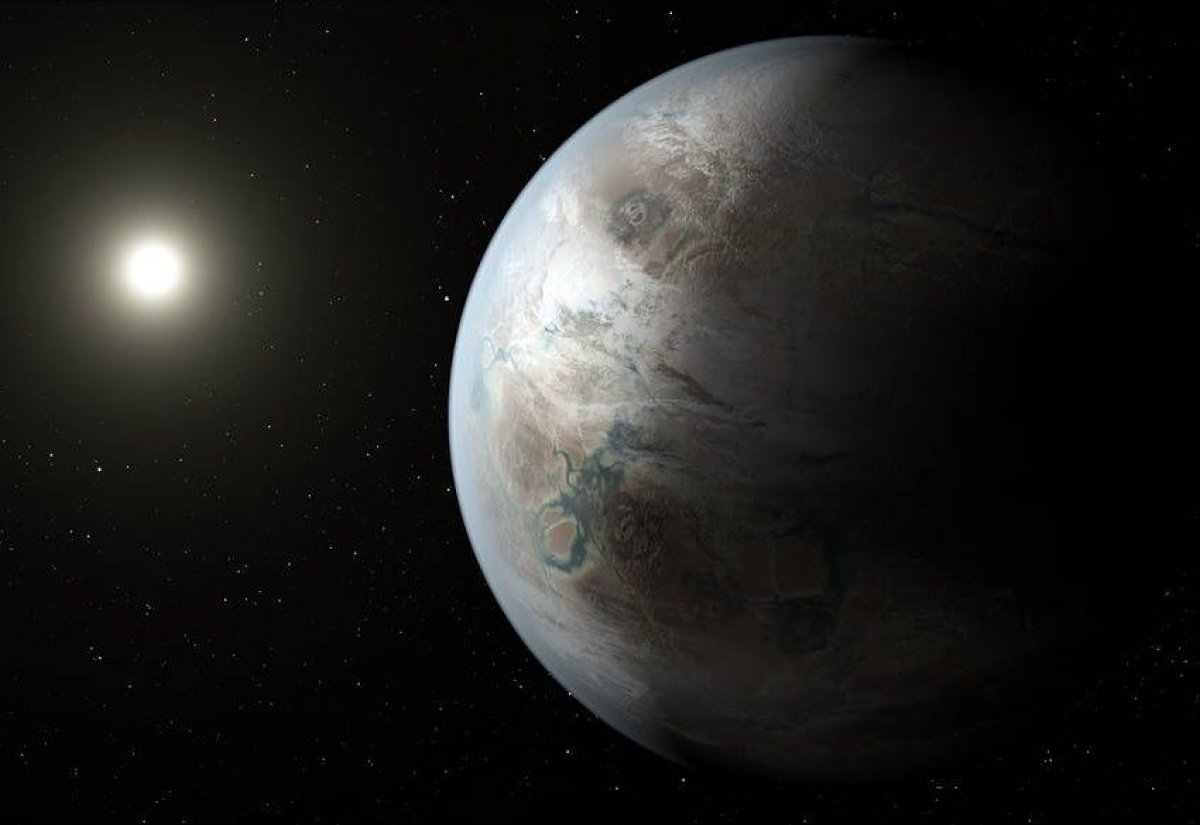A team of researchers has identified planets beyond the Solar System that could have similar light and temperature conditions to those that existed when life first emerged on Earth.
In a study published in the journal Science Advances, researchers from the University of Cambridge and the Medical Research Council Laboratory of Molecular Biology (MRC LMB) found that the type and strength of light that a planet receives is strongly linked to the chances of life developing.
Taking this into account, the scientists then classified known exoplanets by how much ultraviolet (UV) light they received and whether they lay within the habitable zone of their host star—the region where liquid water, an essential ingredient for life as we know it, can exist on the surface.
"This work allows us to narrow down the best places to search for life," said Paul Rimmer, a postdoctoral researcher from Cambridge's Cavendish Laboratory and the MRC LMB and the first author of the paper, in a statement. "It brings us just a little bit closer to addressing the question of whether we are alone in the universe."
Recent research has suggested that UV light bombarding the Earth billions of years ago may have kick-started chemical reactions that produced the molecular building blocks of life.
The latest study, for example, builds on the work of co-author John Sutherland who proposed in a 2015 paper that cyanide—best known as a deadly poison—was actually a key compound in Earth's primordial oceans, where life first originated.
Sutherland and his colleagues hypothesized that carbon from meteorites that slammed into the young Earth combined with nitrogen in the atmosphere to form hydrogen cyanide. This substance eventually made its way via rainfall to the surface where it interacted with various other elements, in processes powered by UV light from the Sun.
These reactions led to the creation of RNA (ribonucleic acid), a molecule closely related to DNA, that is essential to all life as we know it.
For the latest study, the scientists conducted a series of experiments in the lab to determine how quickly the building blocks of life could be created from hydrogen and hydrogen sulfite ions in water when exposed to UV light, as well as in the absence of light.
The researchers found that when there was no light, the reaction only produced an inert compound. But the right amount of UV light did produce the necessary molecular building blocks. Using this result as a guide, they then examined a catalog of known exoplanets to identify those where such reactions could have taken place.
They concluded that planets orbiting stars with around the same temperature as our Sun were the best candidates. Those orbiting cooler ones do not receive enough UV, according to the scientists, although they did note the possibility that frequent and powerful solar flares could act as a catalyst for the chemical reactions on these planets.
"We were able to delineate an abiogenesis zone, which under the scenario we consider is where there's enough ultraviolet light for making some of the key building blocks of life," Rimmer told Newsweek.
In total, they found two planets that are located in regions where the habitable zone and the abiogenesis zone overlapped: Kepler 452b—a planet just over 1,400 light-years away that has been nicknamed Earth's "cousin"—and Kepler-62e (although this world does not definitively lie in this region and is not as likely to be rocky as its counterpart).
"For known planets outside our solar system, Kepler-452b is the smallest exoplanet that definitively lies within the abiogenesis zone," Rimmer said. "Given what we know at present, Kepler-452b would be the most likely exoplanet discovered so far on which the building blocks of life would have been formed."
"Whether any exoplanet actually has the right chemistry for life will ultimately involve knowing much more than the UV light of the star," he said. "Our work will be useful for identifying where the light is right, but not whether the other conditions necessary for life are available on any given exoplanet."

Unfortunately, the planets that the team identified are too far away to study effectively with current technology. But it is hoped that NASA's TESS space telescope and the upcoming James Webb Telescope may well be able to identify planets in both the abiogenesis and habitable zones that are closer to home, and thus easier to study.
The researchers note that there is the possibility of life on other planets that developed in a completely different way to how it did on Earth. However, the most rational way to begin the search is to stick to what's familiar, Rimmer said.
"The most likely place to start life, given what we know, is on an Earth-like planet within the liquid water habitable zone of a star like our sun or hotter."
Uncommon Knowledge
Newsweek is committed to challenging conventional wisdom and finding connections in the search for common ground.
Newsweek is committed to challenging conventional wisdom and finding connections in the search for common ground.
About the writer
Aristos is a Newsweek science reporter with the London, U.K., bureau. He reports on science and health topics, including; animal, ... Read more
To read how Newsweek uses AI as a newsroom tool, Click here.








